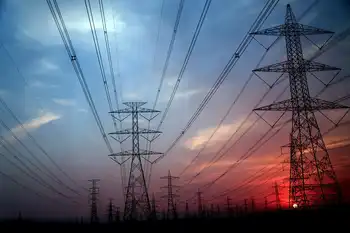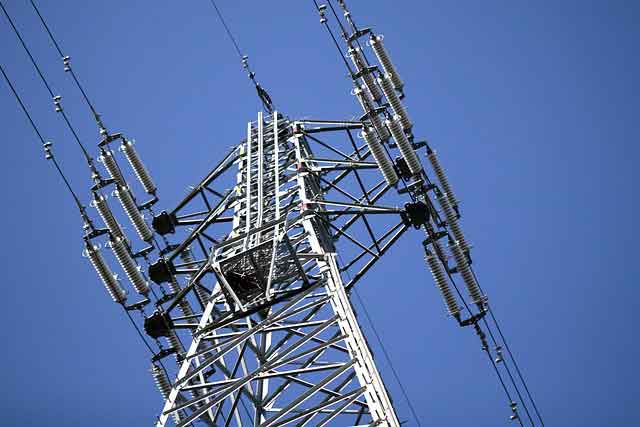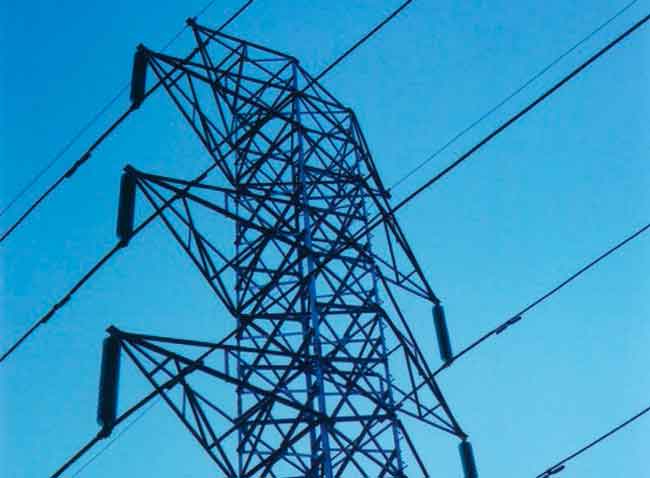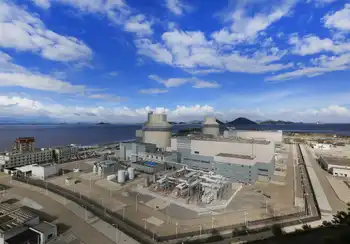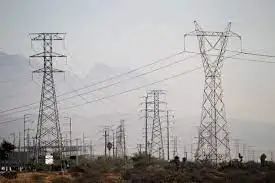Chinese eye Australian energy sector
By Victoria Herald Sun
High Voltage Maintenance Training Online
Our customized live online or in‑person group training can be delivered to your staff at your location.

- Live Online
- 12 hours Instructor-led
- Group Training Available
Energy Minister Peter Batchelor confirmed "domestic and international interest" in the development of the state's coal resources.
The Brumby Government was taking action to encourage investment in regional Victoria, he added.
The Latrobe Valley power plants - Yallourn, Hazelwood, Loy Yang A and Loy Yang B - provide about 90 per cent of Victoria's electricity supplies.
But they are under increasing financial pressure as they scramble to roll over billions of dollars in bank loans and prepare for the new carbon tax in the face of the global financial crisis.
Industry sources, speaking to BusinessDaily on condition of anonymity, said China might be taking advantage of the current uncertainty to secure a leading role in Victoria's electricity industry for the coming decades.
But the Federal Government's Foreign Investment Review Board would closely examine any Chinese investment in vital infrastructure such as utilities, they added.
Potential new deals in the Latrobe Valley would add to China's already significant foothold in the region.
Hong Kong-listed CLP Power owns Yallourn through its local subsidiary TRUenergy.
And Harbin Power - China's biggest electricity plant equipment maker - is reportedly partnering with Melbourne-based HRL on a planned $750 million coal gasification project.
Elsewhere in Australia, Huaneng Power - China's largest power producer - is considered a frontrunner to snap up some of the electricity assets in New South Wales' Hunter Valley if the Rees Government revisits plans to privatize them.
Huaneng already owns stakes in the Millmerran and Callide coal-fired plants in Queensland through its 50 per cent share in electricity retailer OzGen.
One major investor in the Latrobe Valley, AGL, has indicated it may sell off its 32.5 per cent stake in Loy Yang A once the Federal Government provides further details on the transitional assistance for coal-fired power plants as they adjust to the carbon pollution reduction scheme.
In a private note sent to clients, Merrill Lynch analyst Matthew Spence warned that AGL is at risk as Loy Yang A seeks to renegotiate some $515 million of debts due in November 2010.
AGL had two options ahead of the refinancing - to inject more cash into the power station or else "walk away", Mr Spence wrote.
Tokyo Electric Power, Transfield Services Infrastructure Fund and three superannuation funds own the remaining stakes in Loy Yang A.






